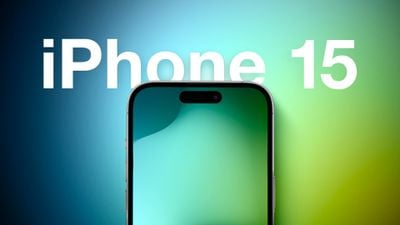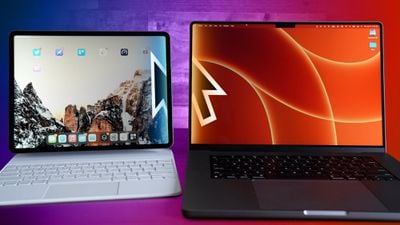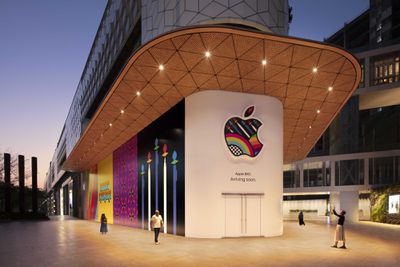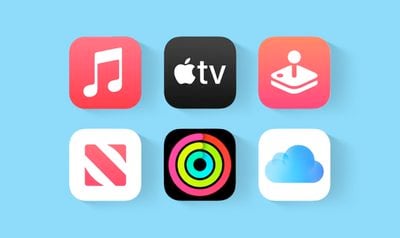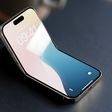Today we're tracking a series of deals on iPads, including the 2022 10.9-inch iPad and the 2021 M1 iPad Pro. These sales can be found on Amazon and Expercom, and every deal has been automatically applied so you don't need any coupon codes.
iPad (2022)
Starting with the 2022 iPad, Amazon has nearly every model on sale for all-time low prices right now. You can get the 64GB Wi-Fi iPad for $399.00, down from $449.00, and the 256GB Wi-Fi iPad for $549.00, down from $599.00.
 Note: MacRumors is an affiliate partner with some of these vendors. When you click a link and make a purchase, we may receive a small payment, which helps us keep the site running.
Note: MacRumors is an affiliate partner with some of these vendors. When you click a link and make a purchase, we may receive a small payment, which helps us keep the site running.
If you want a cellular model, both of these are on sale too. You can get the 64GB cellular iPad for $549.00, down from $599.00, and the 256GB cellular iPad for $699.00, down from $749.00.
Although all of these sales are only $50 markdowns, every one represents a match of an all-time low price on the 2022 iPad.
iPad Pro (2021)
At Expercom, you can save some money on the previous-generation 12.9-inch iPad Pro thanks to a few steep discounts. Expercom is one of the only retailers to discount the M1 iPad Pro in 2023, and although they are older tablets, anyone who prioritizes savings over upgraded internals should be interested in these deals.
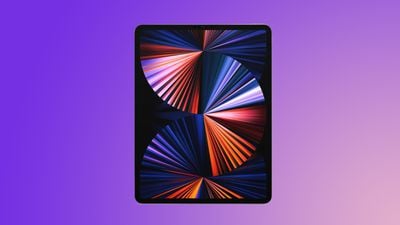
This sale starts with the 128GB Wi-Fi 12.9-inch iPad Pro for $849.00, down from $1,099.00. Next, Expercom has the 256GB Wi-Fi 12.9-inch iPad Pro for $949.00, down from $1,199.00. In addition to 12.9-inch models, you can also save up to $220 on 11-inch iPad Pro tablets.
The 2021 and 2022 iPad Pro models share an overwhelming majority of their features, so those investing in a 2021/M1 model to save money shouldn't find much that they would be missing out on in the 2022/M2 models. The central advantages on the 2022 tablets come down to the upgraded M2 chip with a 15 percent faster CPU and 35 percent faster GPU, ProRes video recording, and Apple Pencil hover.
Keep up with all of this week's best discounts on Apple products and related accessories in our dedicated Apple Deals roundup.


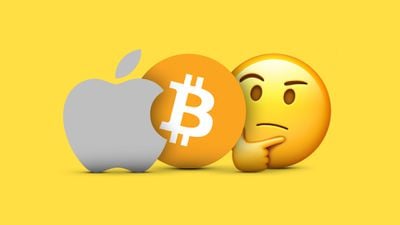
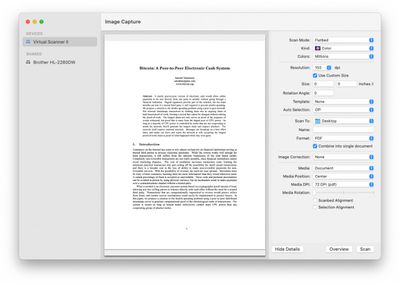
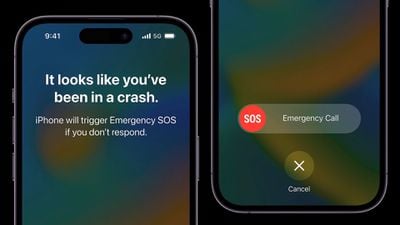
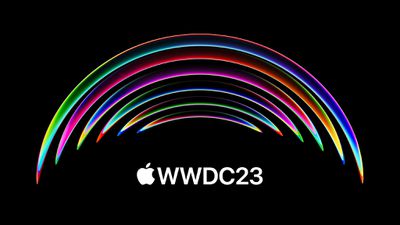
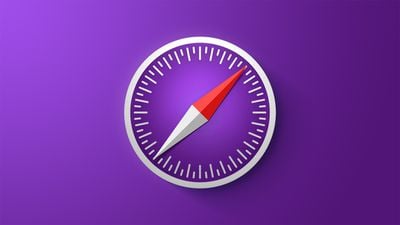
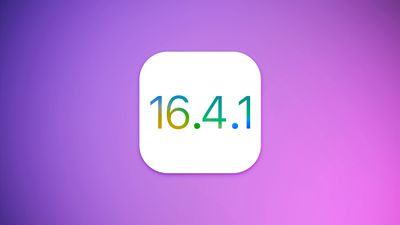
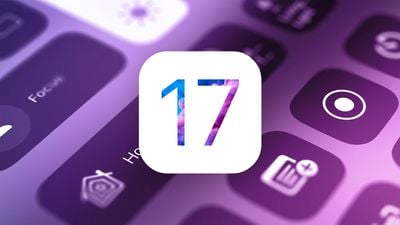
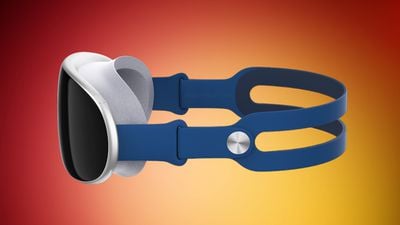 Concept render based on
Concept render based on  Note: MacRumors is an affiliate partner with some of these vendors. When you click a link and make a purchase, we may receive a small payment, which helps us keep the site running.
Note: MacRumors is an affiliate partner with some of these vendors. When you click a link and make a purchase, we may receive a small payment, which helps us keep the site running.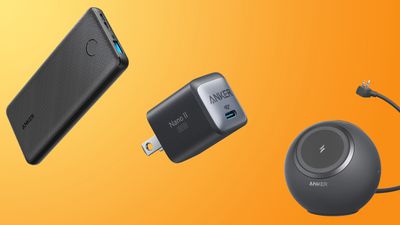
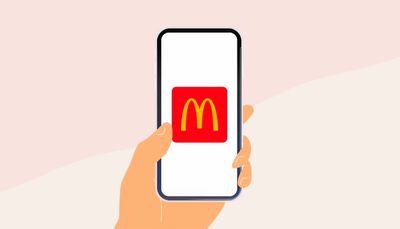
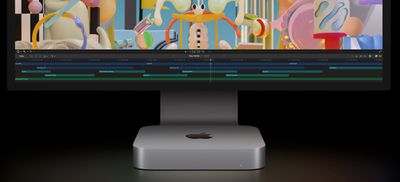 Note: MacRumors is an affiliate partner with some of these vendors. When you click a link and make a purchase, we may receive a small payment, which helps us keep the site running.
Note: MacRumors is an affiliate partner with some of these vendors. When you click a link and make a purchase, we may receive a small payment, which helps us keep the site running.
